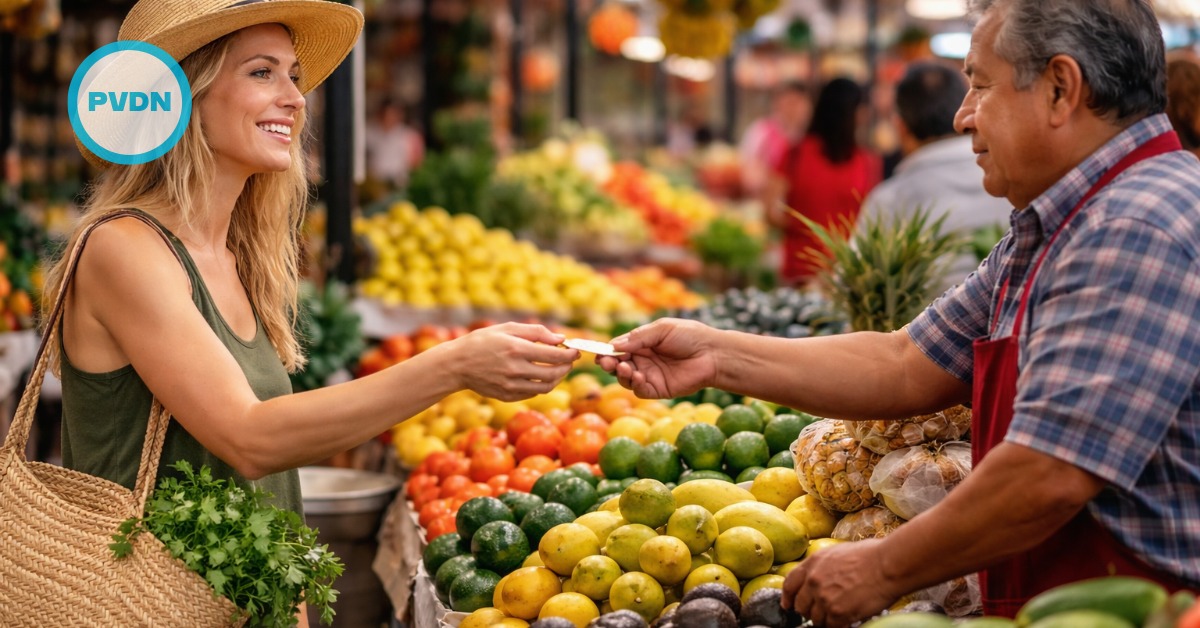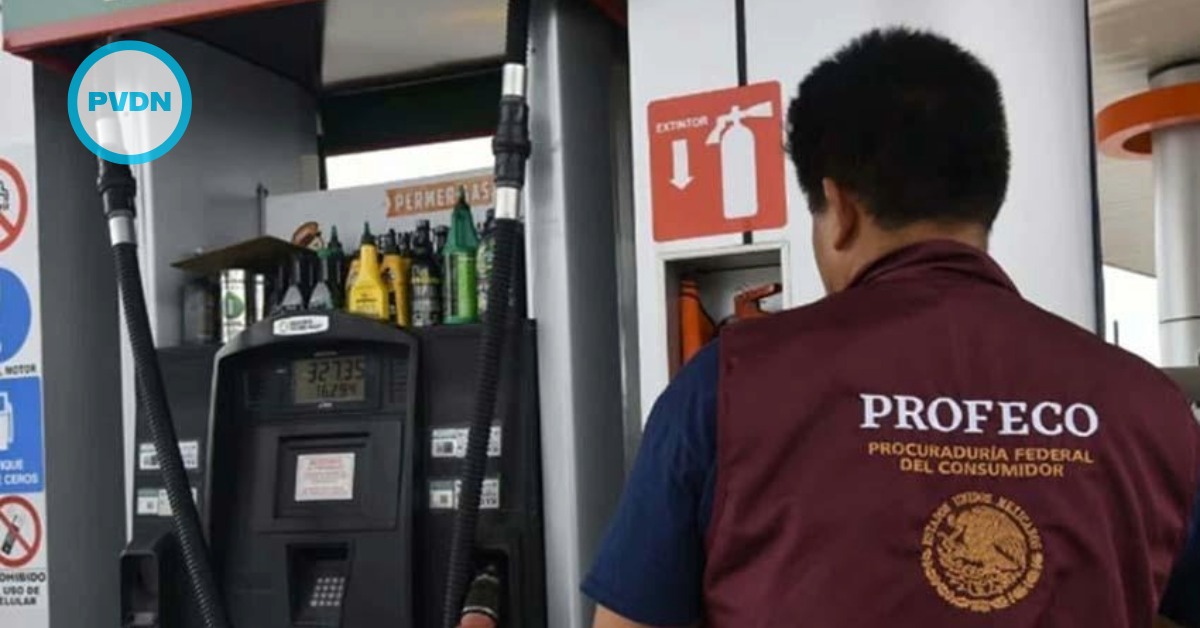If you take a closer look at some of the fruits and vegetables that are sold in your grocers’ produce aisle, you’ll notice that a lot of it originates from Mexico. Similarly, many of the perishable foods bought and sold in Mexico come from the U.S. It’s with this mutual trade and exchange of foods that the U.S. Food and Drug Administration (FDA) and the Mexican government recently reached an agreement that will improve the safety of the foods sold to consumers.
The FDA and Mexican government’s National Service for Agro-Alimentary Public Health, Safety . . .





